Pike, Brigid
(2013)
How are the children?
Drugnet Ireland,
Issue 46, Summer 2013,
pp. 8-10.
In recent months three reports on the state of Ireland’s children, including assessments of their use of tobacco, alcohol and illicit drugs, have been published. The statistical analyses, undertaken by UNICEF and by the Department of Children and Youth Affairs, report that overall levels of substance use have declined over the past decade. However, the annual review by a group of non-governmental organisations of the government’s progress in implementing policy suggests that further effort is needed to deliver on policy commitments in relation to alcohol policy and the effects of alcohol on children.
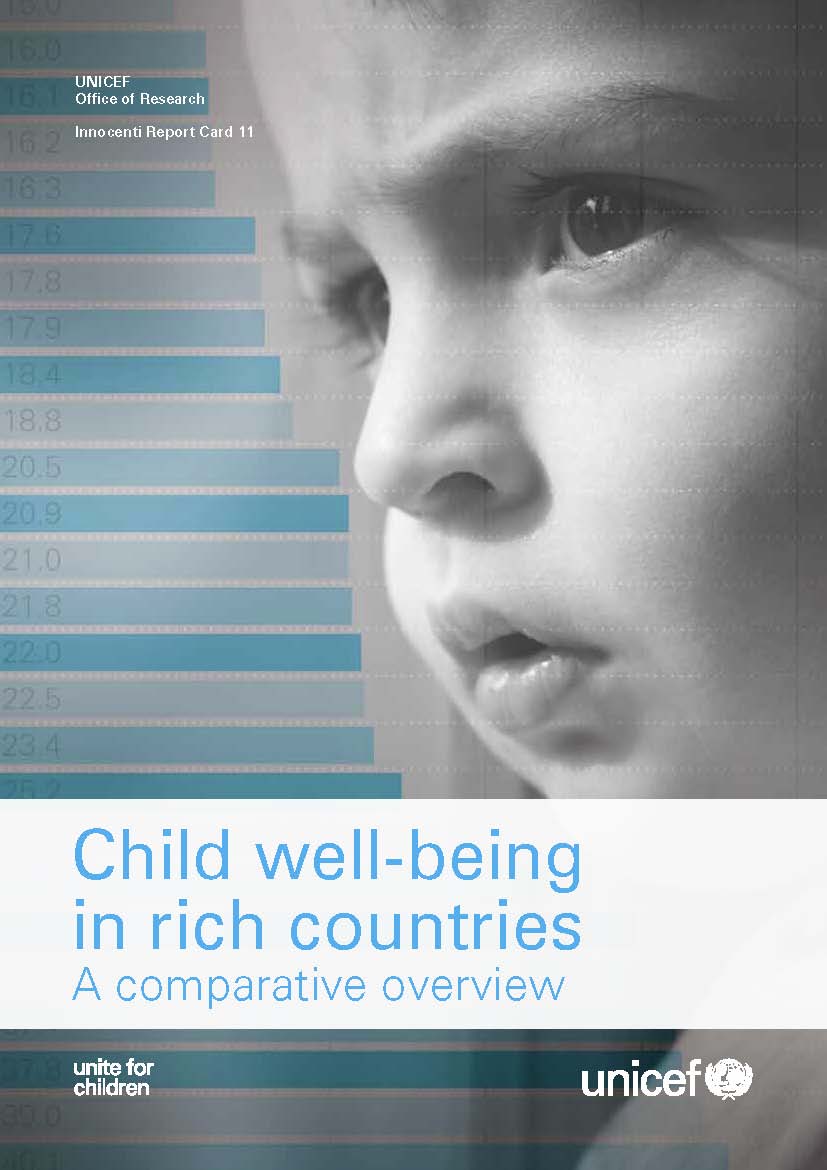
Irish children compared to those in other countries, 2009/2010
UNICEF’s Office of Research has published a comparative overview of child well-being in developed countries, including Ireland.1 Drawing on statistical data relating to 2009–2010, the report ranks Ireland 10th out of 29 countries. Well-being is based on an aggregate of five separate dimensions, on some of which Ireland scores very well and on others not so well: material well-being (17th), health and safety (15th), education (17th), behaviours and risks (7th) and housing end environment (2nd). The ‘risk’ dimension comprises four indicators – smoking, alcohol and cannabis use, and teenage fertility rate.
Regarding risk behaviours, the following three graphs from the UNICEF report indicate that smoking and cannabis use, and getting drunk, among young people in Ireland, as in most other developed countries, have all declined.
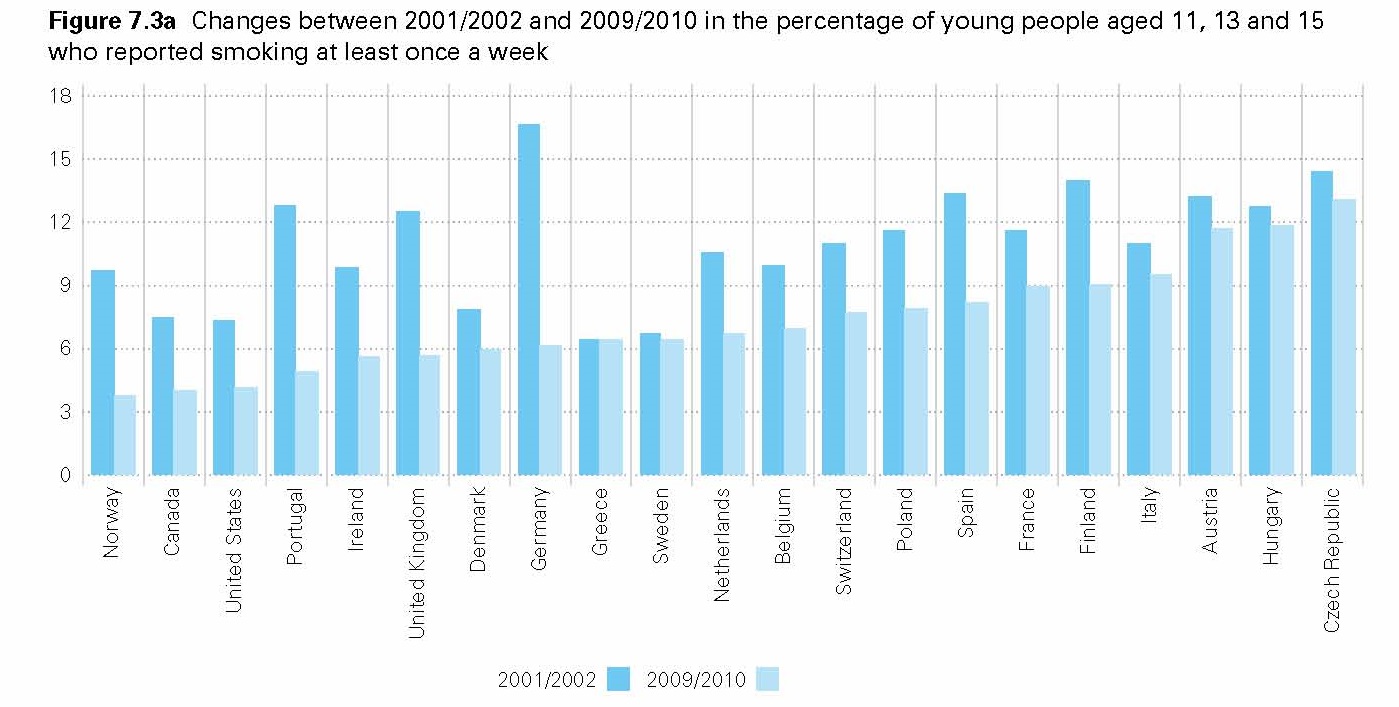
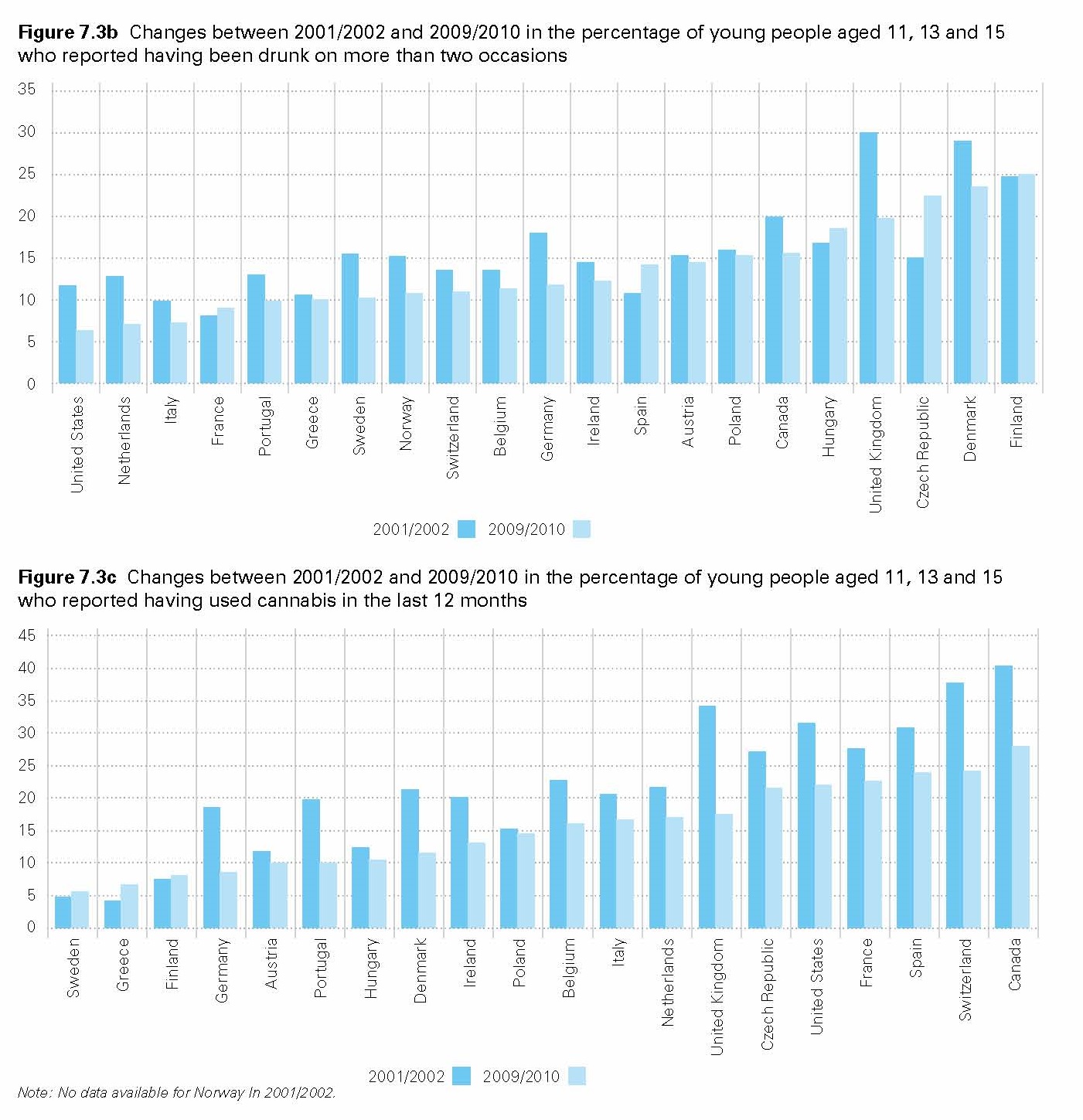
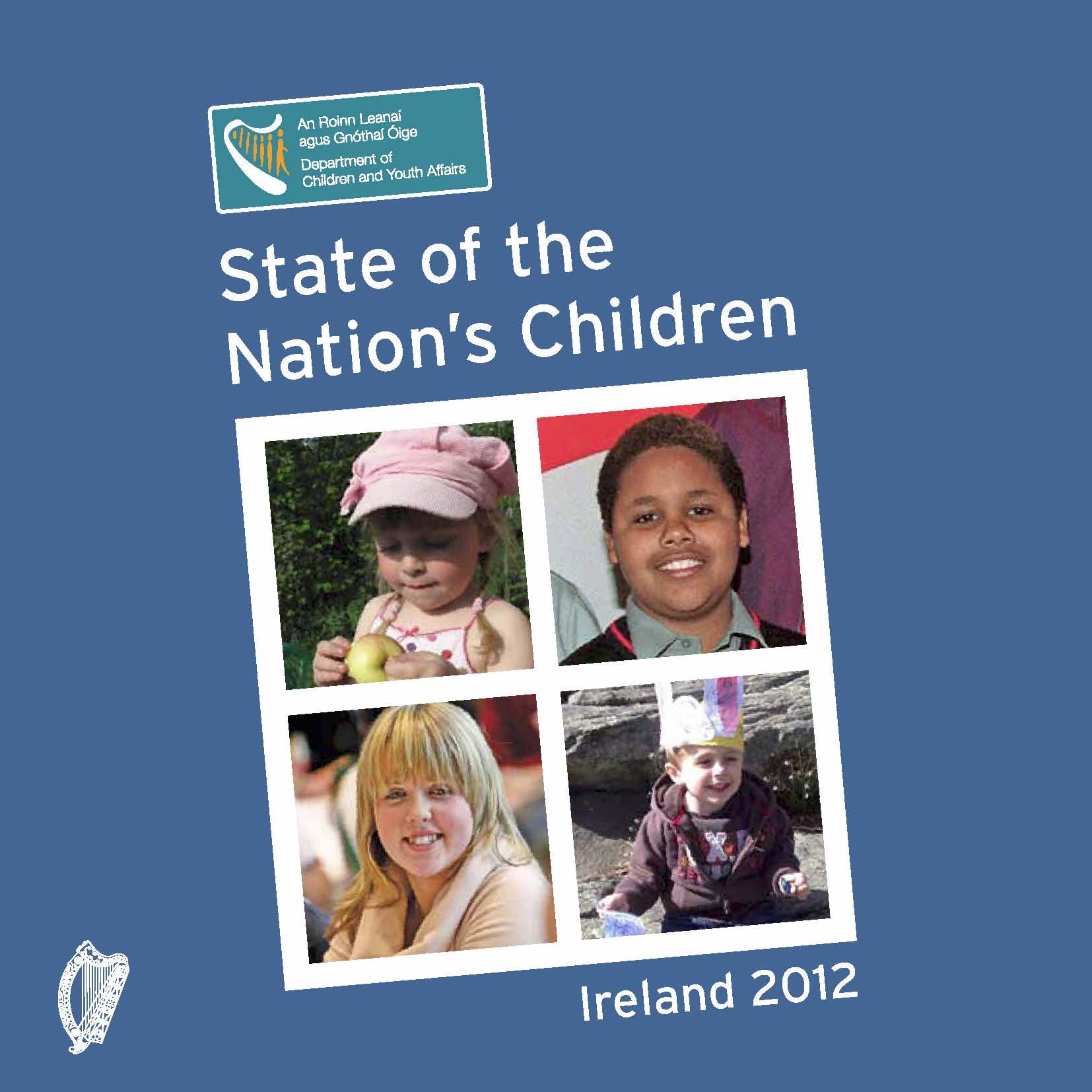
State of the Nation’s Children, 2012
Released in March 2013, this fourth biennial State of the Nation’s Children report,2 published by the Department of Children and Youth Affairs, presents data in four sections:
1. Socio-demographics – the child population, child mortality, family structure, parental education level, Traveller children, foreign national children, children with a disability and children as carers.
2. Children’s relationships – with their parents and peers, including levels of reported bullying and children’s friendships.
3. Children’s outcomes – relating to health, education, and social, emotional and behavioural outcomes, including smoking, alcohol and cannabis use.
4. Formal and informal supports – including school, housing, antenatal care, immunisation and economic.
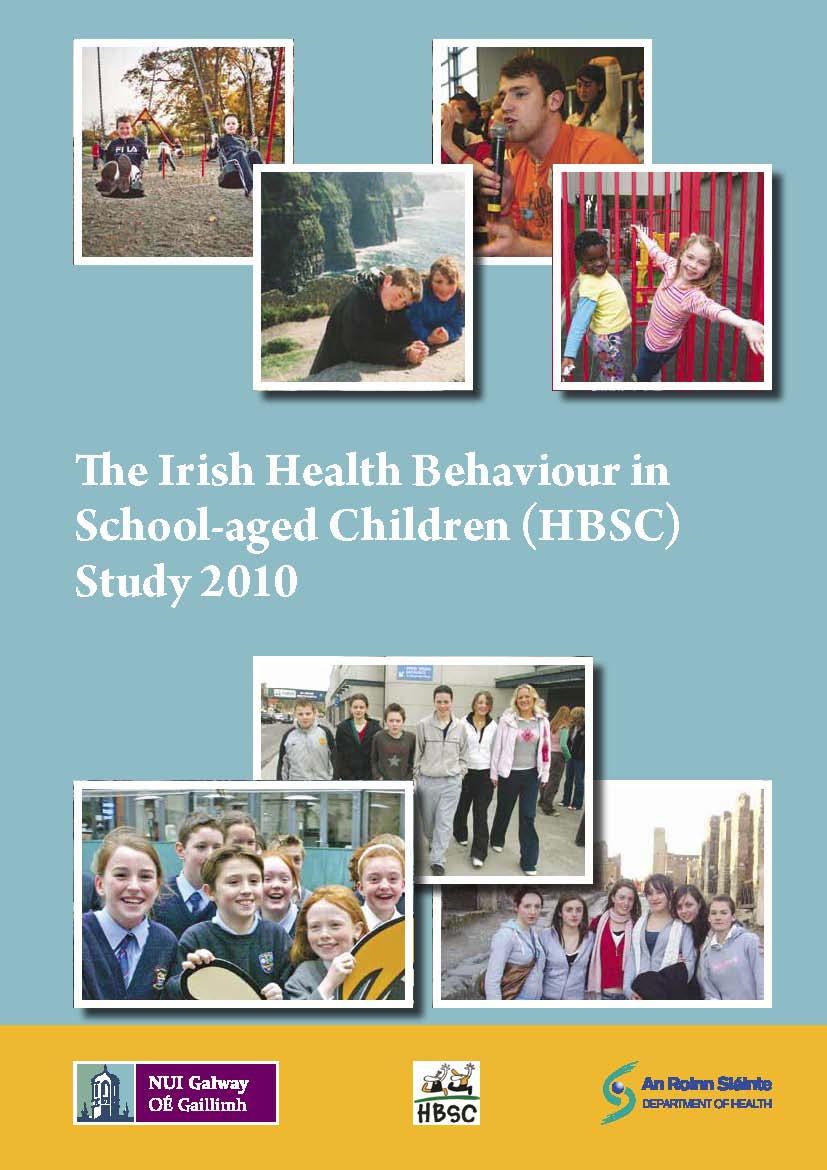
Data on smoking and alcohol and cannabis use were derived from The Irish health behaviour in school-aged children (HBSC) study 2010, and the results compared with the data from previous iterations of the HBSC.3 The report highlighted the decrease in the use of all three substances by children aged 10–17 in Ireland:
o The percentage who reported never having smoked increased from 50.8% in 1998 to 73.5% in 2010.
o The percentage who reported never having had an alcoholic drink increased from approximately 40% in 2002 to 54% in 2010.
o The percentage who reported having taken cannabis at least once in their lifetime decreased from 15.7% in 2006 to 10.5% in 2010.
The report points out that Traveller children and children with a disability and/or chronic illness were less likely than other children to report having never smoked cigarettes or drunk alcohol. They were also more likely, along with immigrant children, to report having taken cannabis at least once in their lifetime.
With regard to age, gender and social class, the report notes that older children and boys were less likely to report never having smoked cigarettes, had an alcoholic drink or taken cannabis. Children from lower social class categories were similarly less likely to report never having smoked cigarettes or taken cannabis. However, the percentages of children never having had an alcoholic drink were broadly similar across all social class categories.
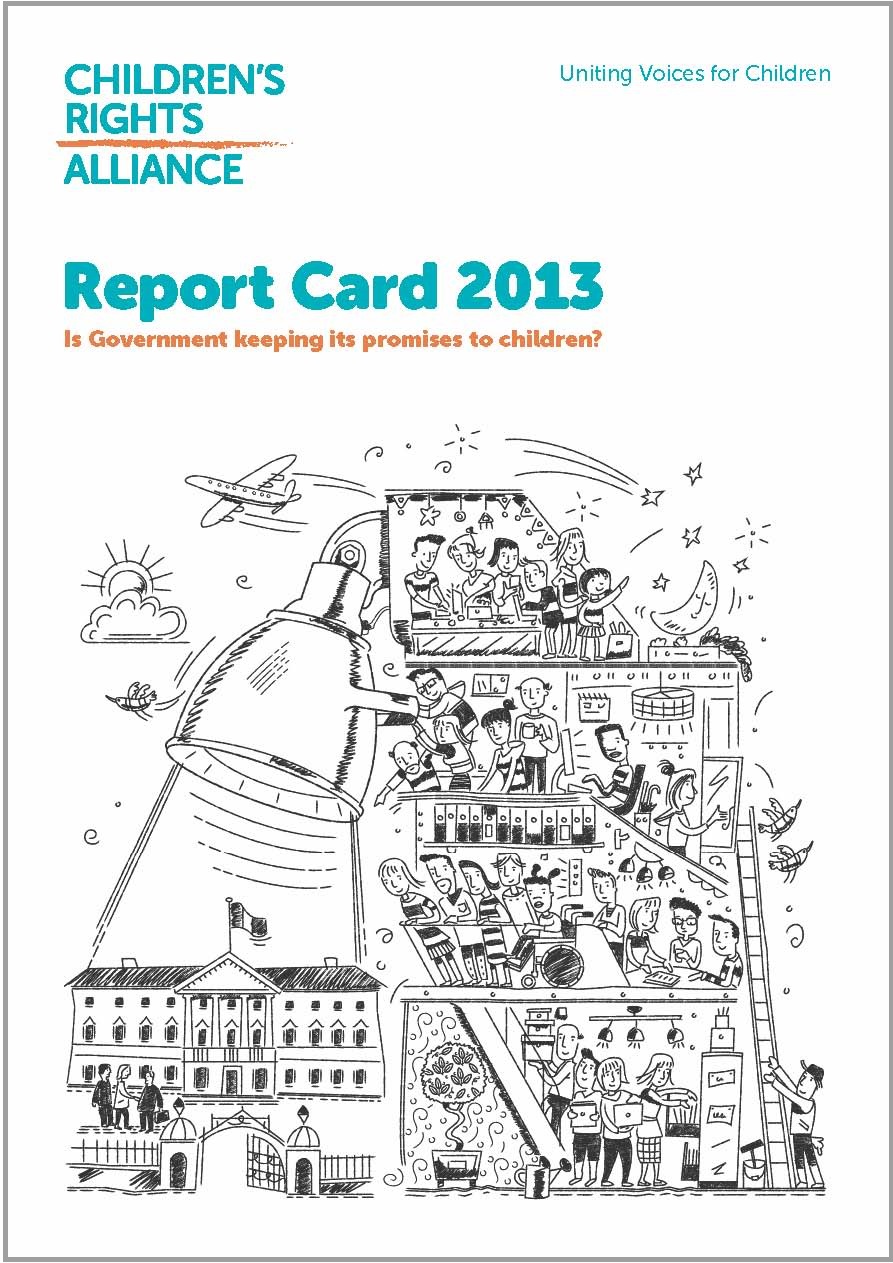
Is government keeping its promises to children?
The Children’s Rights Alliance (CRA) has published its fifth annual report on the state of the nation’s children.5 The report assesses the government’s performance in honouring its promises to the over one million children living in Ireland. Awarding ‘Ds’ for each of the first three years, 2008–2010, the CRA gave the government a ‘C+’ in 2011, reflecting ‘the Government’s commitment to children’s rights, evidenced in the appointment of a Minister for Children and Youth Affairs with full cabinet status; the creation of a new Department of Children and Youth Affairs; and the commitment to hold a referendum on children’s rights’. In the latest report, for 2012, the CRA has given an overall ‘C’ grade, reflecting ‘a satisfactory attempt to date, though children remain wanting’.
Notwithstanding the improvement in the overall rating, under the subheading ‘Right to Health’, the report gives the government a ‘D’ for progress in 2012 in relation to alcohol, drugs and smoking, pronouncing progress ‘unsatisfactory’. The report states that despite the commitment that every government department, agency or task force responsible for implementing elements of the National Addiction Strategy would be required to account to the minister for their budget annually and to demonstrate progress on achieving targets, a National Addiction Strategy has not been published and ‘is not expected until 2016’. The report goes on to comment that ‘there is no Government policy on tackling alcohol misuse; no Government decision has been made on recommendations of the Steering Group’. It calls for the following actions in 2013:
· Urgently adopt a national strategy to tackle alcohol misuse and ensure it is coherent with the Interim National Drugs Strategy 2009–2016. The strategy should have a clear focus on the impact of alcohol and drugs on children, including to reduce children’s access to alcohol and drugs; curb the widespread availability of cheap alcohol; restrict the promotion of alcohol; raise awareness of the potential harmful effects of alcohol and drugs and develop youth appropriate addiction treatment services. It must also address harmful parental drinking and its impact on children. The Strategy must be accompanied by a clear plan, with targets, timeframes and accountability structures.
· Introduce a legislative ban to protect children from alcohol marketing.
· Sustain investment in non-alcohol and drug free spaces for young people.
· Enact the Protection of Children’s Health from Tobacco Smoke Bill 2012.
1. UNICEF (2013)
Child well-being in rich countries: a comparative overview. Innocenti Report Card 11. Florence: UNICEF Office of Research.
www.drugsandalcohol.ie/196632. Office of the Minister for Children and Youth Affairs (2012)
State of the nation's children report: Ireland 2012. Dublin: Stationery Office.
www.drugsandalcohol.ie/194493. Kelly C, Gavin A, Molcho M and NicGabhainn S (2012)
The Irish health behaviour in school-aged children study 2010. Dublin: Department of Health and National University of Ireland, Galway.
www.drugsandalcohol.ie/17360 .
For a detailed account of the HBSC 2010 data relating to alcohol and cannabis use, see Long J (2012) Alcohol and cannabis use among school-aged children in Ireland.
Drugnet Ireland, (42): 1–2.
www.drugsandalcohol.ie/17680




